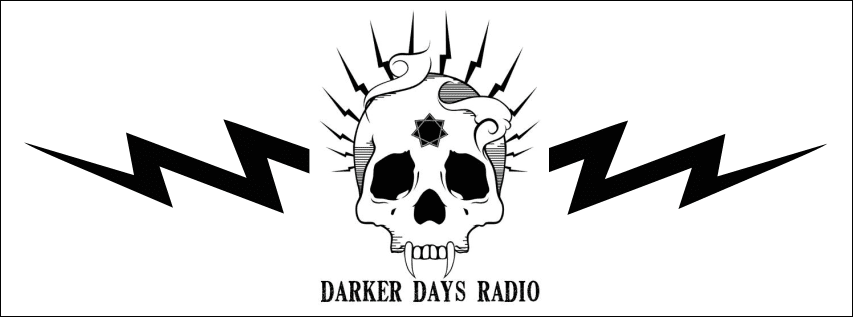In this blog post we will have a look at the rules behind how ranged attacks are performed and wounds are dealt.
Wounds from hits are rather simple. Roll 2D6. The lower determine the location. The higher of the two dice is added to the attackers strength (or for a ranged weapon the strength of that weapon), and the resilience of the target is then removed. This determined the wound level inflicted.
There are 5 wound types. A Stunned wound causes -1 to Aim, Attack, Defense stats and damage rolls. This wound remains for a turn and when inflicted never increases the level of the current wound. Light Wounds are like Stunned, but permanent unless healed. Then there are Serious Wounds, that are same expected with a -2 modifier, and with Critical Wounds dealing a -3 modifier. Wounds of a more serious nature supersede the current wound. So model that has a Light Wound, if dealt a Critical Wound, is now at the Critical Wound level. If the wound dealt is of a lower or equal level to the current wound level, then the wound level of the model is increased by a degree of severity. Stunned results of course do not do this to current wounds, and the Stunned result is not cumulative with current wounds. However a Stunned result has to be marked because it can influence other powers.
Line of sight for shooting is simple enough. Models have a 180° line of sight to the front of their bases. LOS is blocked by obstacles and models that intervene, if that model or obstacle is larger than both the target and the fighter shooting. A target is partially visible if the obstacle or intervening model is smaller than the target or the fighter shooting.
Firing a weapon of course relies on the fighter's AIM value, which is 0 or higher in order for them to be able to shoot. Weapons have three ranges listed, which mark the limits of short, medium, and long ranges. These ranges set the base difficulty of the shot. If a model moves it makes the shot harder by +1. If the target has moved under cover, the shot is harder by +2. If the target is at a different altitude level (flyers can enter different altitudes), the shot is harder by +2. And if the target is in cover, the shot is harder by +1.
Next time we will look at the wonderfully different and somewhat complex issue of close combat.




No comments:
Post a Comment